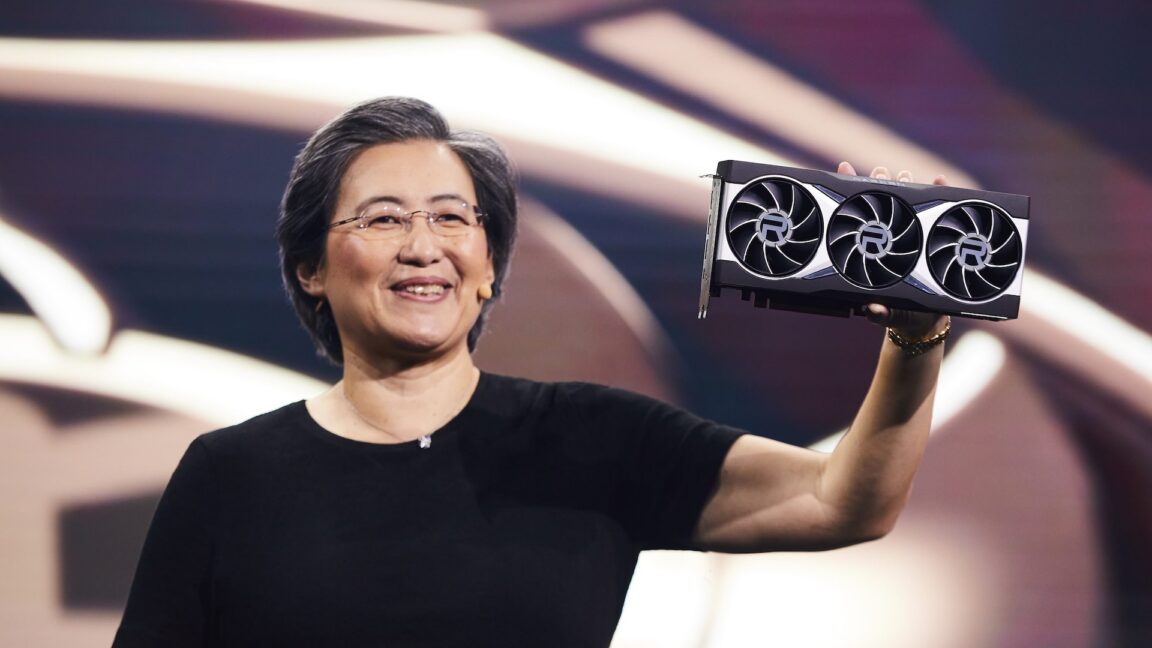
The release notes for the 25.10.2 Adrenalin release also dropped Windows 10 from the list of “compatible operating systems,” listing only Windows 11 21H2 and later. But AMD confirmed to Windows Latest that the driver packages would still support Windows 10 for the foreseeable future. The company said that the OS is not listed in the release notes because Microsoft has technically ended support for Windows 10, but home users running Windows 10 on their PCs can get an extra year of security patches relatively easily. Microsoft will continue to provide support for the OS in businesses, schools, and other large organizations until at least 2028.
Why all the fuss?
It would look bad if AMD dropped or reduced support for those Radeon 5000- and 6000-series GPUs, given that Nvidia continues to support GeForce RTX 20- and 30-series graphics cards launched in the same 2019 to 2022 time window. But the end of support could have been even worse for gaming handhelds and lower-end PCs with integrated graphics.
The RDNA 2 architecture, in particular, has enjoyed a long and ongoing life as an integrated GPU, including for systems that are explicitly marketed and sold as gaming PCs. And because so many of AMD and Intel’s lower-end chips are just rebranded versions of older silicon, AMD continues to launch “new” products with RDNA 2 GPUs. The RDNA 2 architecture is the one Valve has used in the Steam Deck since 2022, for example, but Microsoft and Asus’ just-launched ROG Xbox Ally series also includes an RDNA 2 GPU in the entry-level model.
The last time AMD formally scaled back its GPU driver support was in 2023, when it moved drivers for its Polaris and Vega GPU architectures into a separate package that would only get occasional “critical updates.” At the time, AMD had launched its last dedicated Vega-based GPU just four years before, and many lower-end desktop and laptop processors still shipped with Vega-based integrated GPUs.
For the Steam Deck and other SteamOS and Linux systems, at least, it seems that things aren’t really changing, no matter what happens with the Windows drivers. Phoronix points out that the Linux driver package for AMD’s GPUs has always been maintained separately from the Windows drivers and that GPU architectures considerably older than RDNA 1 continue to get official support and occasional improvements.


